To see Global Grade 3's original post click on this title Rock Museum.
Hello Grade 3,
Well, you have been studying something of great interest to me, although previous classes know many things interest me. Rocks, minerals and fossils can be fascinating. I thought I might share some photos of a few of my collection.
Hardness
Did you know geologists grade rocks for hardness on a scale known as the Moh Scale? It's a scale running from the softest at 1 to the hardest at 10. Here are photos of the hardness levels from my collection.
Moh 1 - Talc
Talc is a very soft rock. You can easily scratch with your fingernail. It's the stone used to make talcum powder. This is a very small sample from my collection and is only about 1cm across.
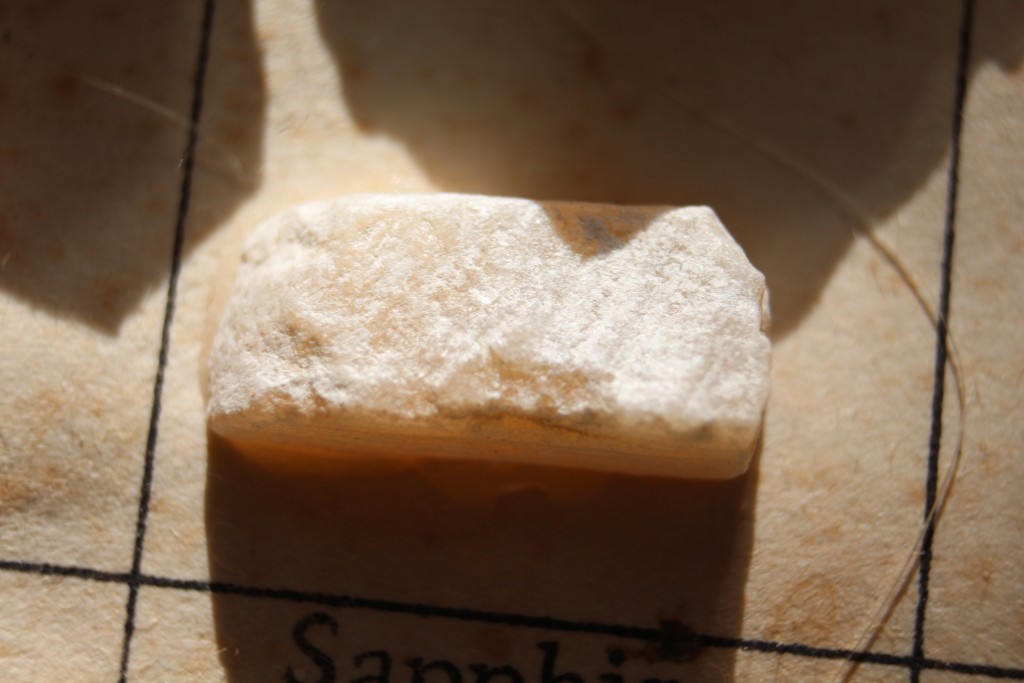
Schools and students have permission to use this graphic for non-commercial, educational purposes.
Moh 2 - Gypsum
A little harder than talc but it can still be scratch using your fingernail. I have plainer samples of gypsum but like this rose gypsum.
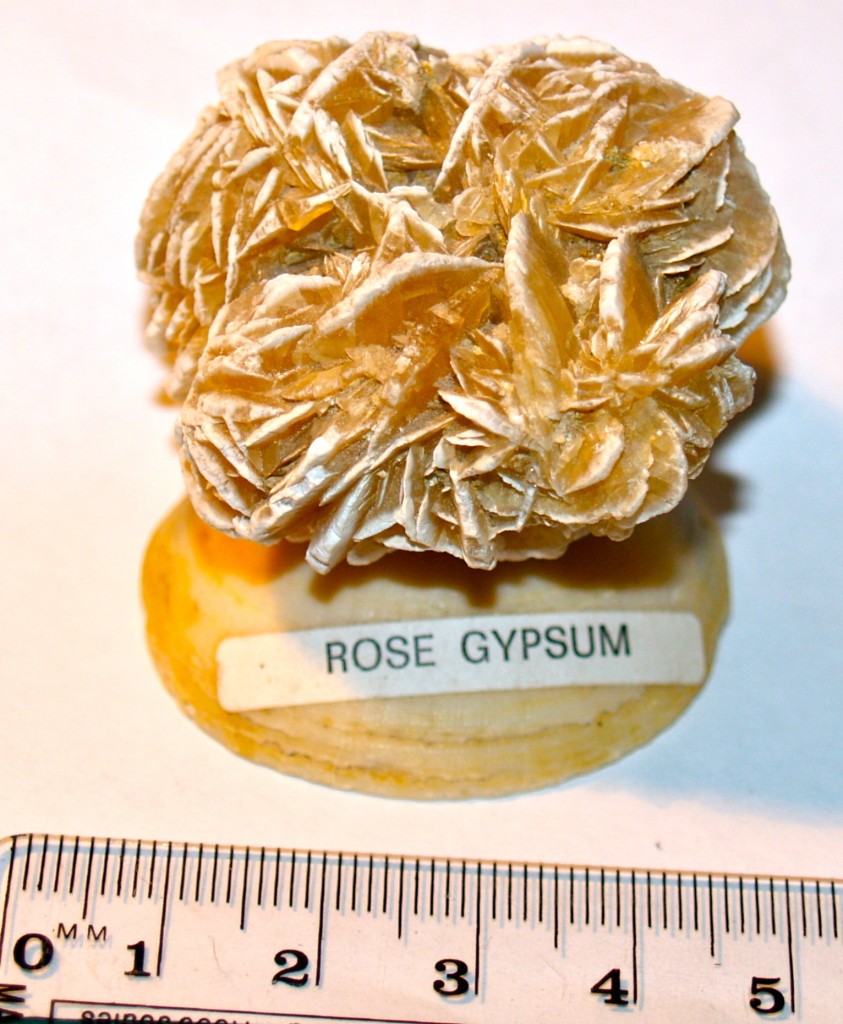
Schools and students have permission to use this graphic for non-commercial, educational purposes.
Moh 3 - Calcite
Calcite can be scratched using a copper coin. I liked this closeup photo of calcite crystals.
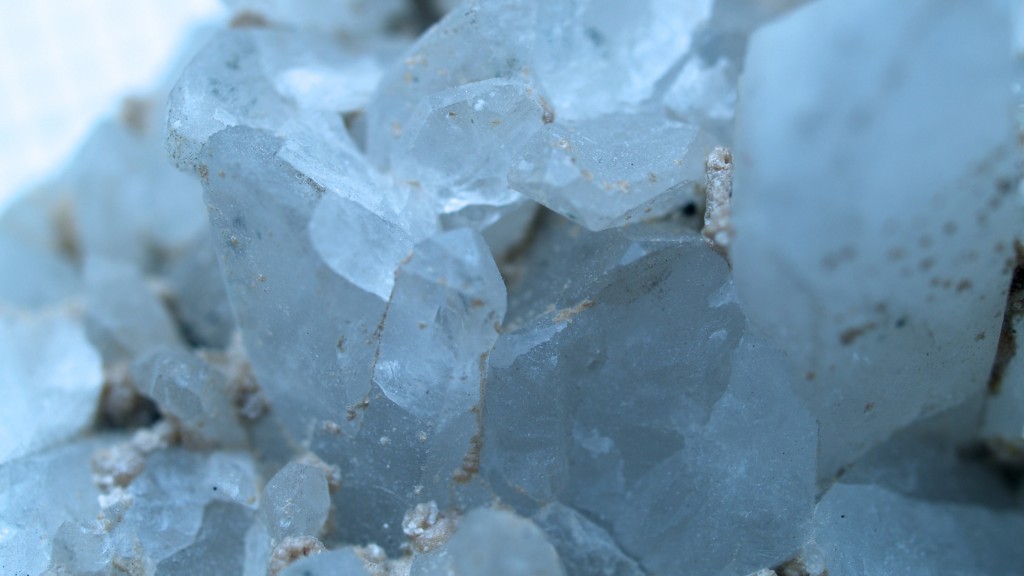
Schools and students have permission to use this graphic for non-commercial, educational purposes.
Moh 4 - Fluorite
These fluorite crystals can be easily scratched using a knife.

Schools and students have permission to use this graphic for non-commercial, educational purposes.
Moh 5 - Apatite
Apatite can be scratched using a knife.
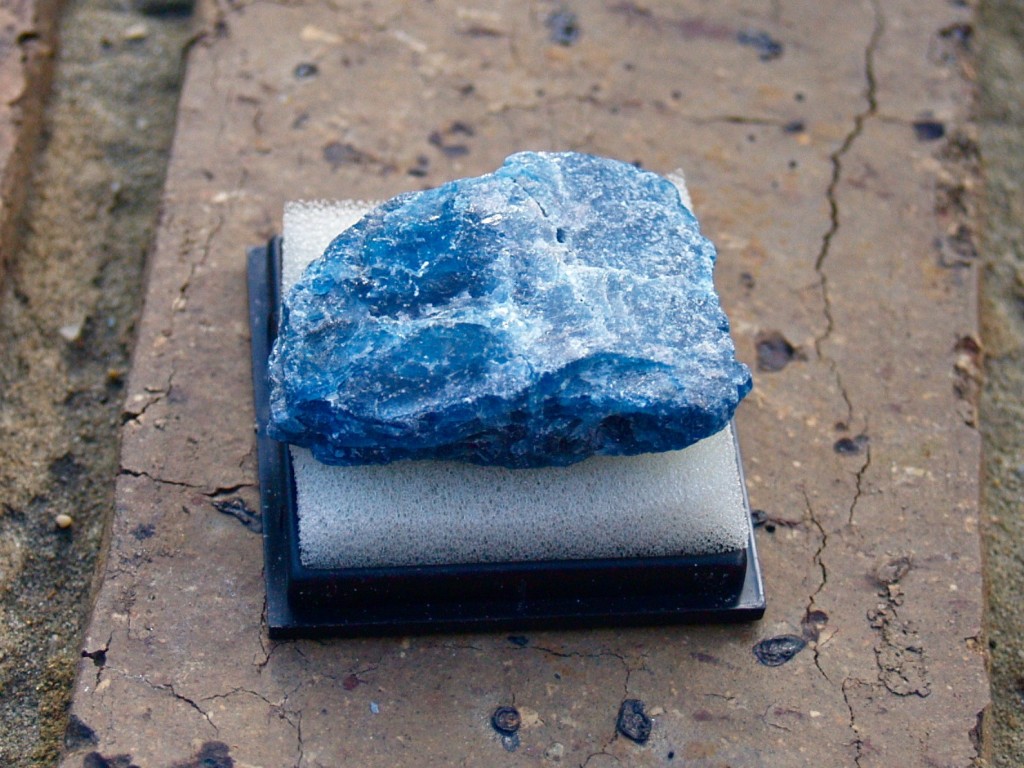
Schools and students have permission to use this graphic for non-commercial, educational purposes.
Moh 6 - Orthoclase
Can be scratched by a steel knife.

Schools and students have permission to use this graphic for non-commercial, educational purposes.
Moh 7 - Quartz
Scratches glass.
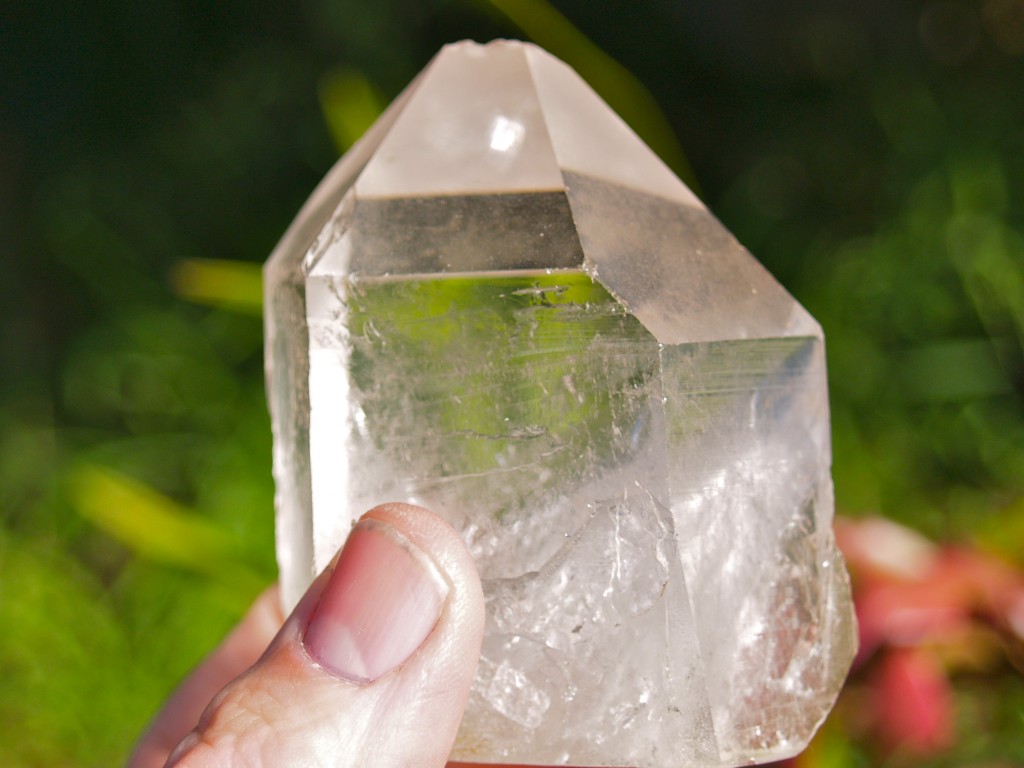
Schools and students have permission to use this graphic for non-commercial, educational purposes.
Moh 8 - Topaz
Like the diamond, this topaz is lower quality and, by its shape and look, was found in a river or stream. Topaz can scratch quartz. Good quality topaz is used in jewellery.
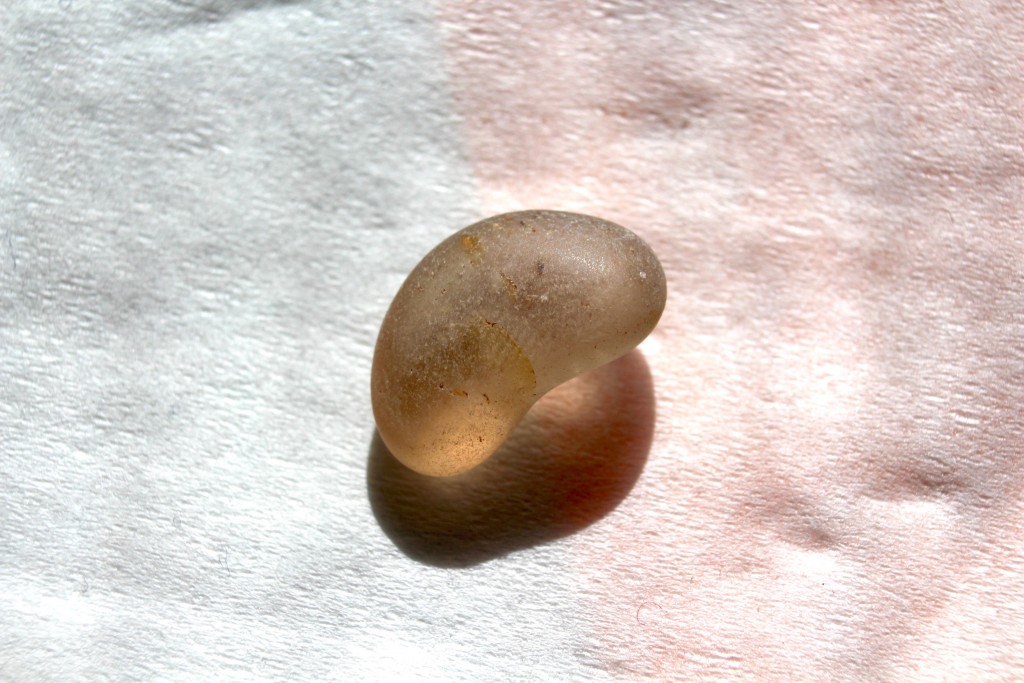
Schools and students have permission to use this graphic for non-commercial, educational purposes.
Moh 9 - Corundum
Corundum scratches topaz. While I shared a rough topaz, I thought I would show you a small cut corundum gemstone.
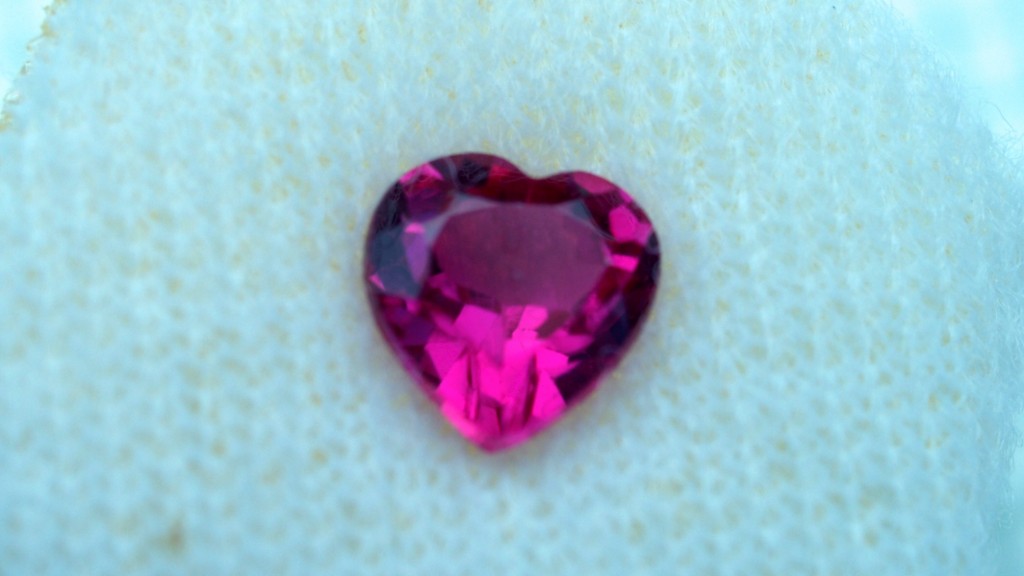
Schools and students have permission to use this graphic for non-commercial, educational purposes.
Moh 10 - Diamond
This is a real diamond from my collection but it isn't worth very much because it is not gem quality. It is industrial quality because of its impurities. Diamond can scratch all samples in a lower moh scale.
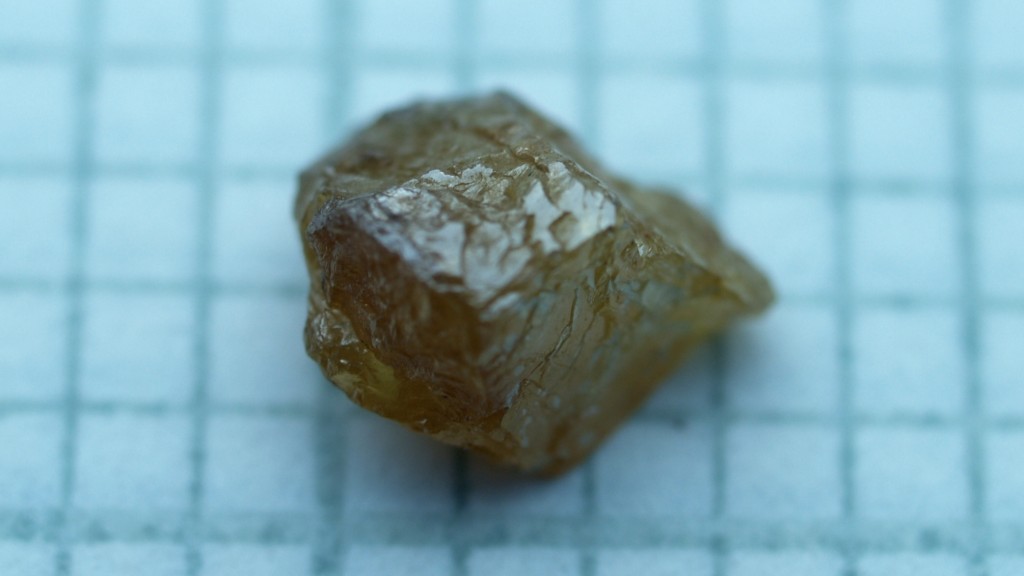
Schools and students have permission to use this graphic for non-commercial, educational purposes.
ABOUT FOSSILS
Back in 2012, I shared some of my fossils with an earlier Global Grade 3. If you want to see what I shared, here is the link below.











The BPS Bloggers
Hi Ross!
Thank you for sharing your wonderful rocks with us! They were AMAZING! We love that you left a comment on our blog. Mrs. Renton told us about how you like to leave comments for the Global Grade 3s on the blog! She also told us that there is a surprise package coming to us from Australia! We are very excited to see what’s in it!
Thank you for showing us some of your rocks, from the softest to the hardest! Thank you for being so thoughtful in the way you organized them using the Moh’s Scale from 1 to 10 … it helped us understand how hard AND how soft some rocks can be!
You have some rocks that we have never seen before … but some we HAVE seen! Many of us own our own desert roses and quartz because we are rock crazy! Some of us discovered peacock ore this year … chalcopyrite. We love it because it is so colourful … but we’ve also learned that we need to handle it carefully because it has sulphur and copper in it!
We are glad that you are helping to deepen our learning, like you did with the other Global Grade 3s. We can’t wait to check out the fossil post!
Thank you for sharing some of your rocks with us! We hope you keep checking back, Ross!
The BSP Bloggers 🙂
rossmannell
Post authorHello BSP Bloggers,
I have samples of chalcopyrite in my collection in my collection as well as bornite yet both can be called peacock ore. Peacock ore can be very colourful.
You’re correct, some minerals can be dangerous if handled too often and some if handled at all. Chalcopyrtie is made up of one part copper, one part iron and 2 parts sulphur (CuFeS2) while bornite is 5 parts copper, one part iron and 4 parts sulphur (Cu5FeS4) yet both can be called peacock ore. Their difference is the amount of copper and sulphur in the samples. I know my mother was sensitive to sulphur so these samples would probably have irritated her skin.
Ross Mannell